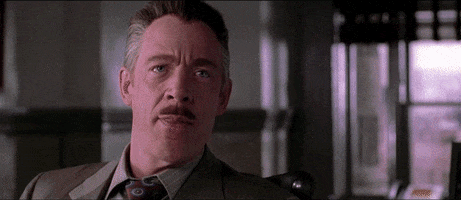Zardnaar
Legend
The Cleric was long in this strange position of being, on paper, one of the strongest classes, but in practice, they got relegated to "heal bots" and even though they could use most of the combat-oriented magic items, Fighter classes generally got priority for those.
For example, there's nothing stopping a 1e Cleric from using what Snarf calls the "Holy Grail" of magic items- Girdle of Giant Strength + Gauntlets of Ogre Power + Hammer of Thunderbolts. But you'd likely never see a Cleric kitted out that way. I had a Cleric in a game once who managed to snag a Girdle of Stone Giant Strength, and for a short time at least, inferior weapon choices didn't matter- I was a wrecking ball who the 18/98 Strength Fighter was envious of!
Said Fighter eventually teamed up with another player to murder me to get said Girdle for himself. Needless to say, he paid for that in the long run- I sure as heck wasn't going to play another Cleric to heal his treacherous behind after that!
I wondered for a long time why Clerics were so unsung during my AD&D years- I remember playing in a lot of different groups, and having a healer around wasn't common. Then it occurred to me that I had a lot of potions of healing on my character sheet- I'm not sure how common those were meant to be, but a combination of published adventures and no doubt DM interference kept our Fighter-types swimming in potions.
That and my DM's only seemed to care about natural healing rates while in the field- between adventures, it was amazing how quickly people healed to full hit points!
We had clerics that got items like that. Usually as a second tier behind warriors though.




